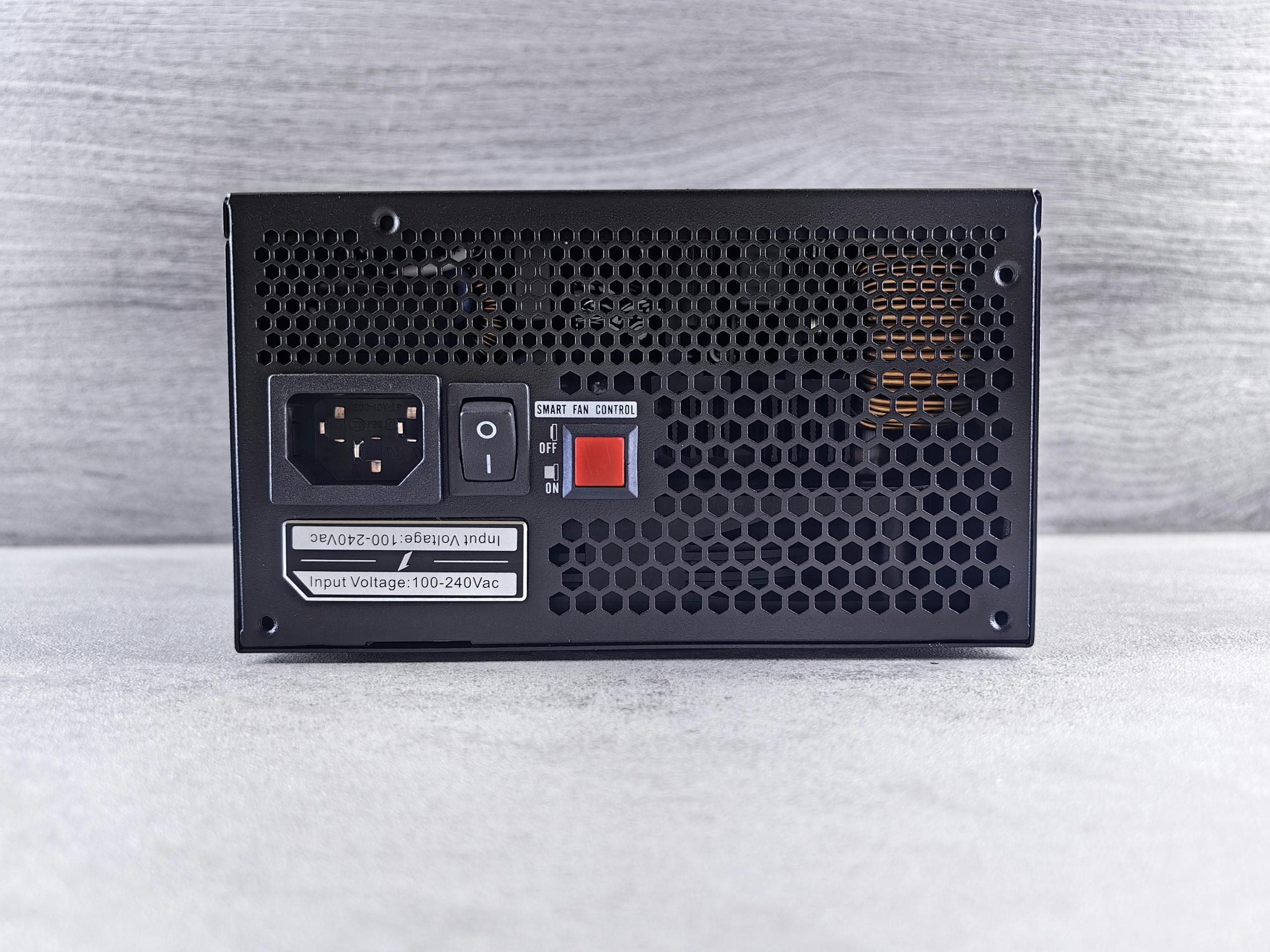Dealing with a Ceiling Leak in Your Apartment: What to Do Next?
As a student navigating an internship in Atlanta, I recently encountered an unexpected challenge: a leaking ceiling in my apartment. This incident has spurred a lot of questions, especially regarding how to handle the situation and whether to pursue reimbursement or file a claim through renter’s insurance.
The Incident
It all started when I discovered that, following a series of intense thunderstorms, my ceiling began to leak significantly. Despite my proactive approach of placing a container to catch the water—a solution that maintenance had deemed sufficient—the leak overwhelmed it, soaking about half of my room. Unfortunately, this also resulted in damage to several of my belongings, including my iPad, which was resting on my desk.
Upon reporting the issue to the management team, it became clear that both parties underestimated the severity of the situation. Although I quickly reached out to the property managers for assistance, I was met with a rather disappointing response. They suggested that I file a claim through my renter’s insurance rather than considering reimbursement for the damages incurred.
Navigating the Options: Renter’s Insurance vs. Management Reimbursement
This poses a conundrum. On one hand, filing a claim with my renter’s insurance could potentially resolve the issue, but it also raises concerns about my claims history and the risk of having this incident affect my insurance record. Additionally, the deductible often associated with these claims could negate any financial relief I might expect from such minor damage.
The other option, pursuing reimbursement directly from management, seems to be fraught with challenges. Given their stance that they hold no liability for the damages, it is disheartening and feels unjust, especially since the leak was a result of conditions beyond my control.
What Should You Do?
For anyone facing a similar dilemma, here are a few steps to consider:
-
Document Everything: Take photos of the damage and keep records of all communications with the management team. This documentation will be invaluable should you pursue reimbursement or have to file an insurance claim.
-
Research Your Rights: Familiarize yourself with your tenant rights in your state. Many places have laws that protect tenants from taking on costs that are the landlord’s responsibility, particularly when it comes to property damage due to maintenance issues.
-
Weigh the Risks: Consider the impacts of filing a claim versus absorbing the costs yourself. If the damages are minimal and you can afford to repair or replace them without a claim



